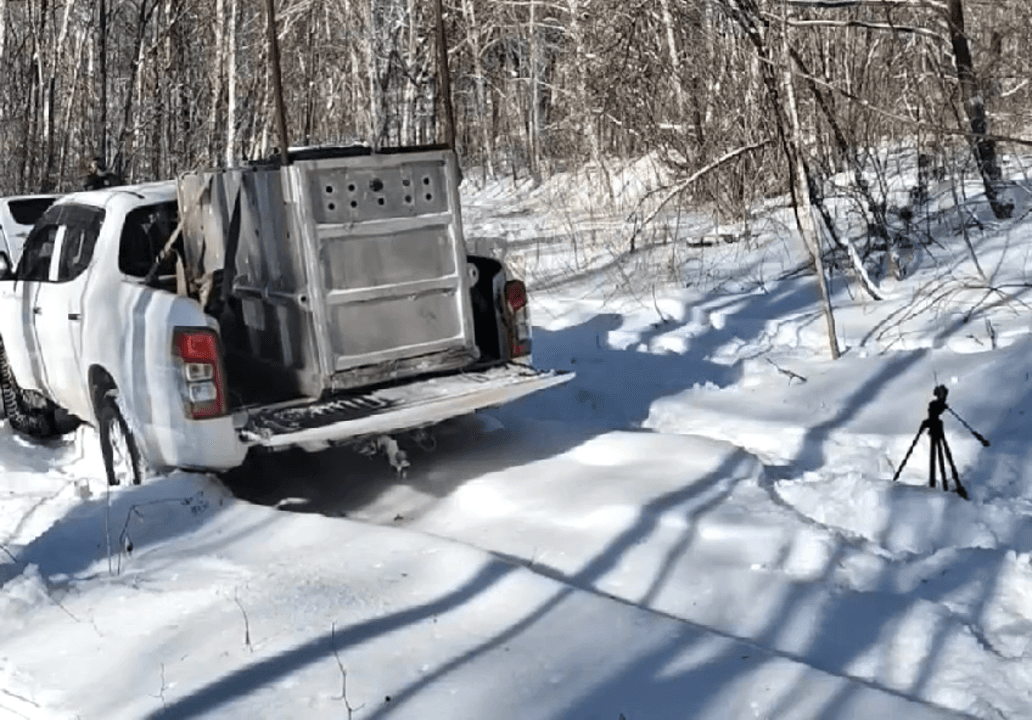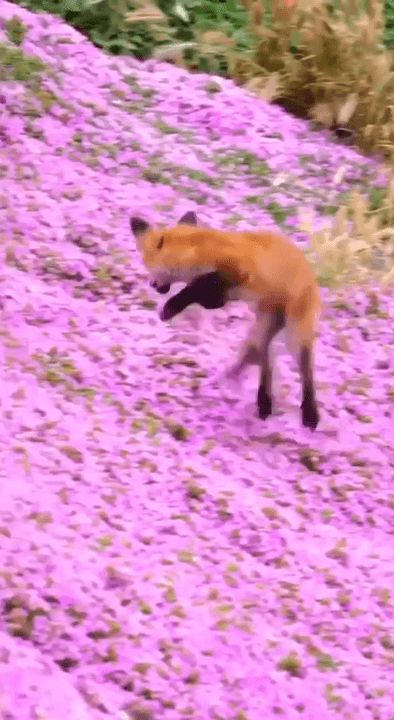
Hunting in Mai-Ndombe: Natural Environment, Local Hunting Culture, and Wildlife Diversity Geography and Natural Features in Mai-Ndombe Mai-Ndombe Province lies in western Democratic Republic of the
Post: 5 August 14:20

Post: 5 August 14:20

Post: 24 July 11:20

Post: 14 December 09:37

Post: 5 August 17:30

Post: 9 September 07:27

Post: 3 July 09:40

Post: 20 May 15:26

Post: 5 August 18:32

Post: 19 May 11:16

Post: 31 July 20:32

Post: 31 July 16:43

Post: 29 July 11:55

Post: 24 October 00:06

Post: 4 August 09:42

Post: 1 August 14:35

Post: 24 July 11:25

Post: 12 January 23:12

Post: 8 December 17:57

Post: 30 May 16:05

Post: 4 August 20:49

Post: 24 September 09:04

Post: 8 May 14:18

Post: 4 July 13:59

Post: 3 July 13:59

Post: 11 July 20:47

Post: 1 August 08:00

Post: 29 July 12:34

Post: 29 March 01:22

Post: 6 December 12:59

Post: 24 July 14:45

Post: 13 June 10:56

Post: 25 July 12:18

Post: 27 August 08:01

Post: 9 September 07:03

Post: 22 August 10:28

Post: 18 August 19:44

Post: 3 July 12:07

Post: 9 September 06:30

Post: 2 September 12:09

Post: 2 September 07:27

Post: 27 August 09:32

Post: 20 June 16:35

Post: 1 September 08:29

Post: 29 August 09:33

Post: 28 August 10:18

Post: 28 August 08:53

Post: 28 August 08:40

Post: 28 August 08:26

Post: 28 August 08:08

Post: 19 August 06:15